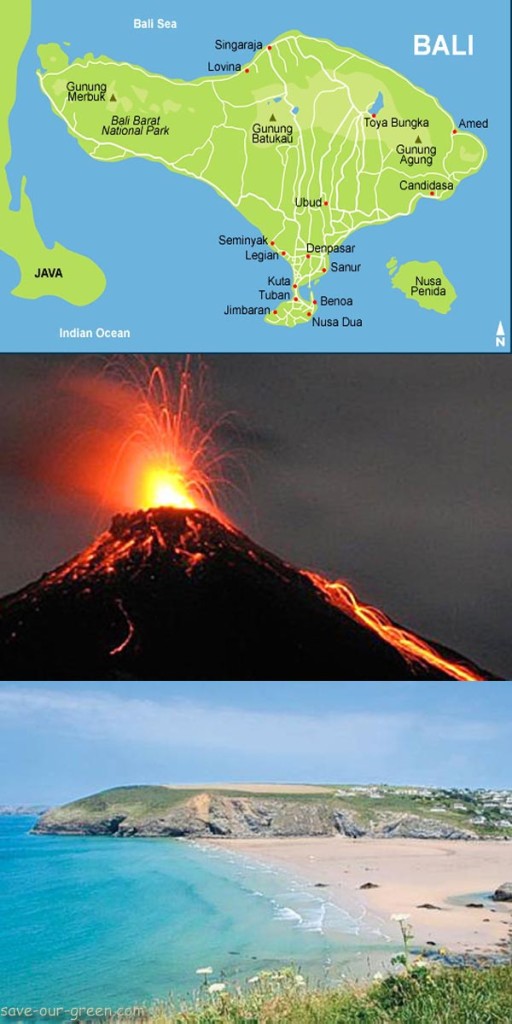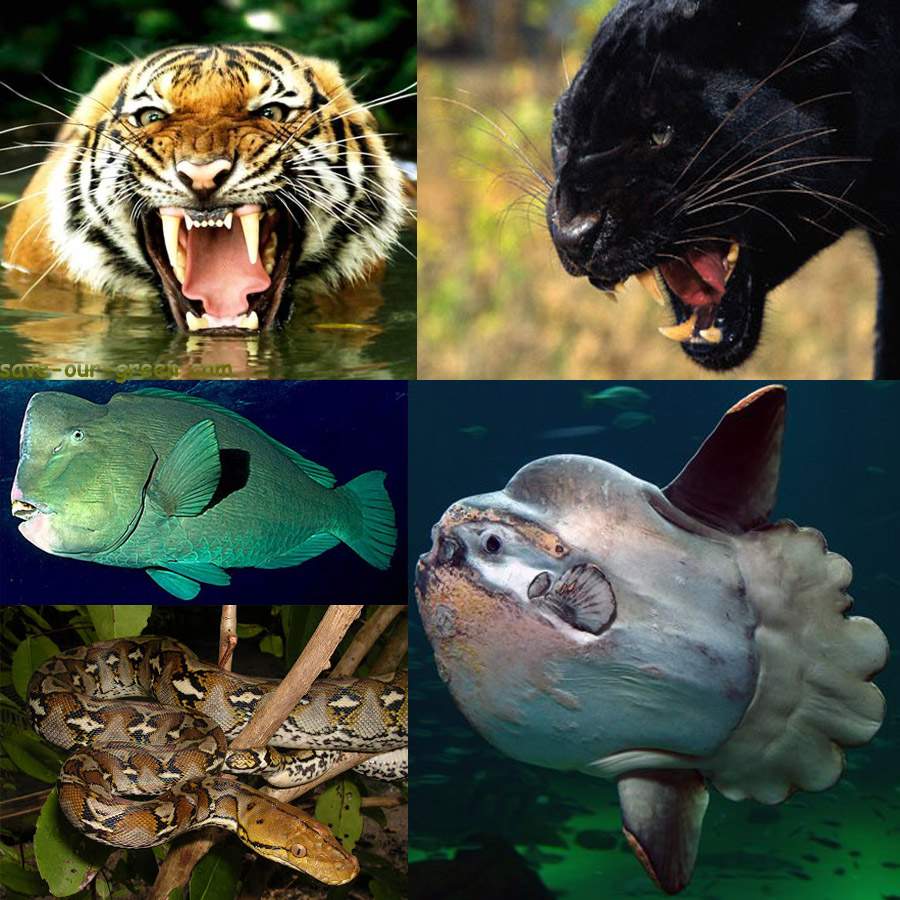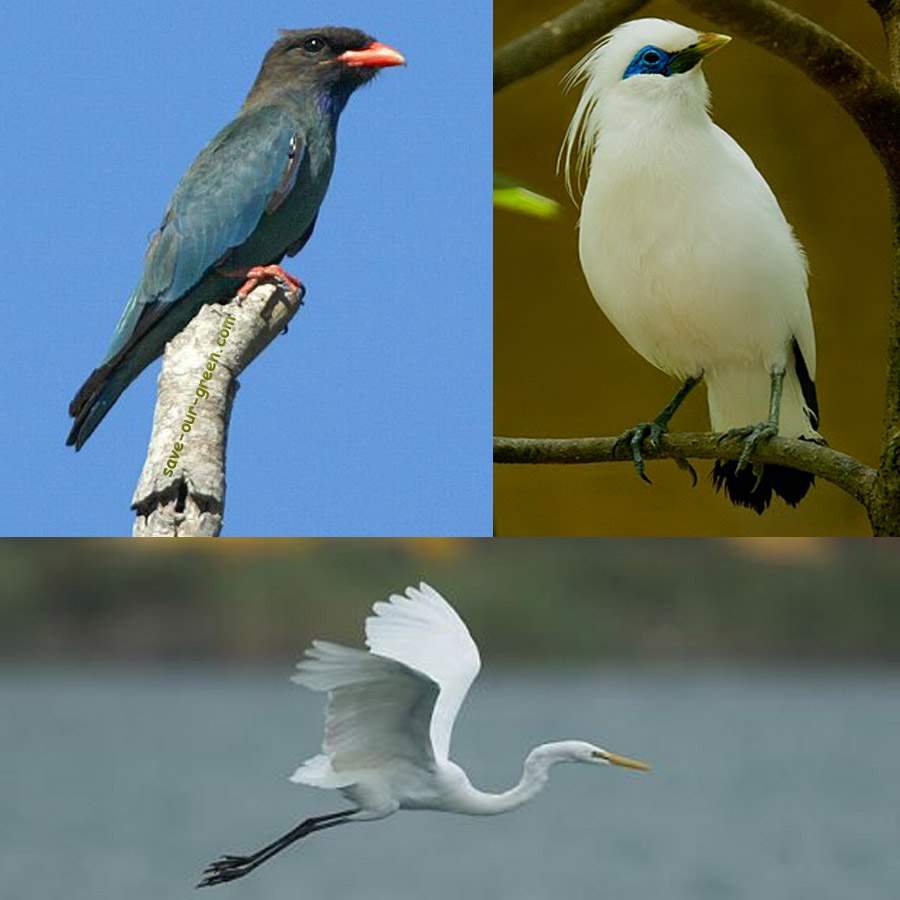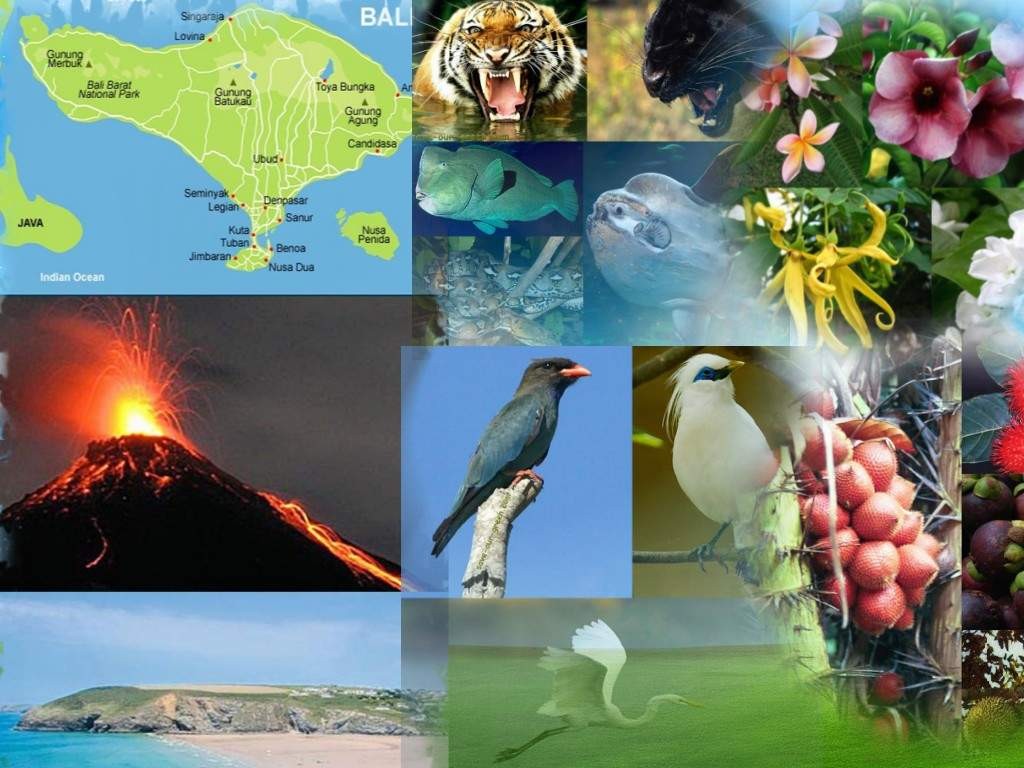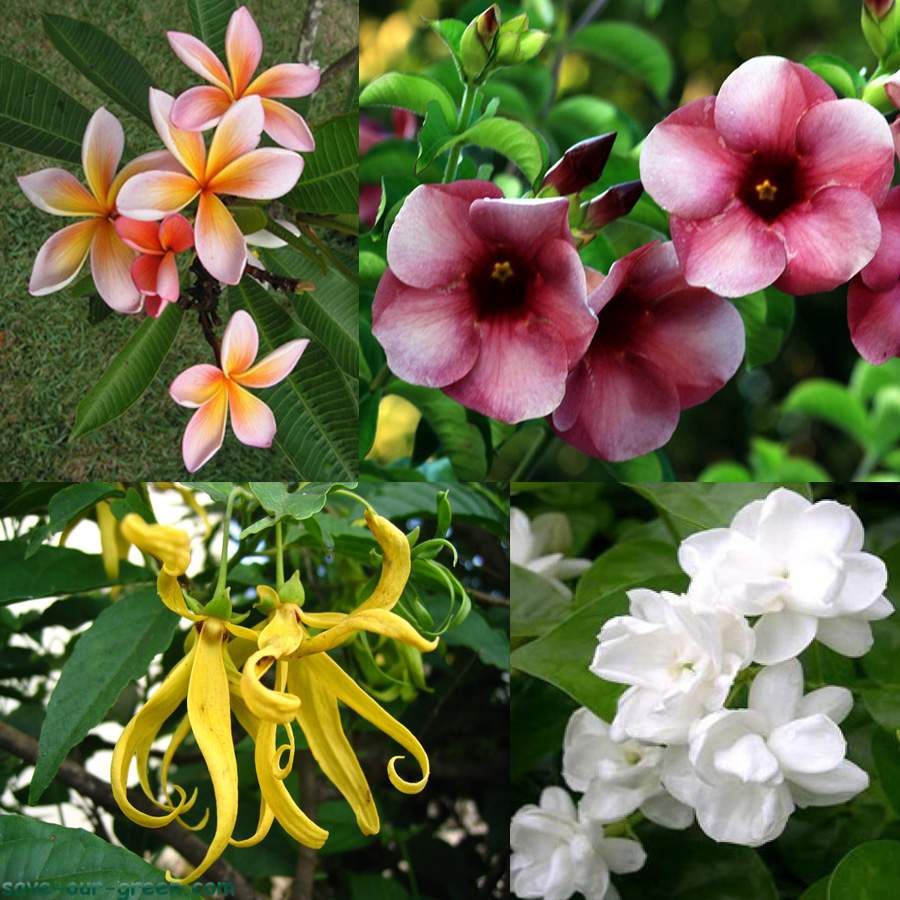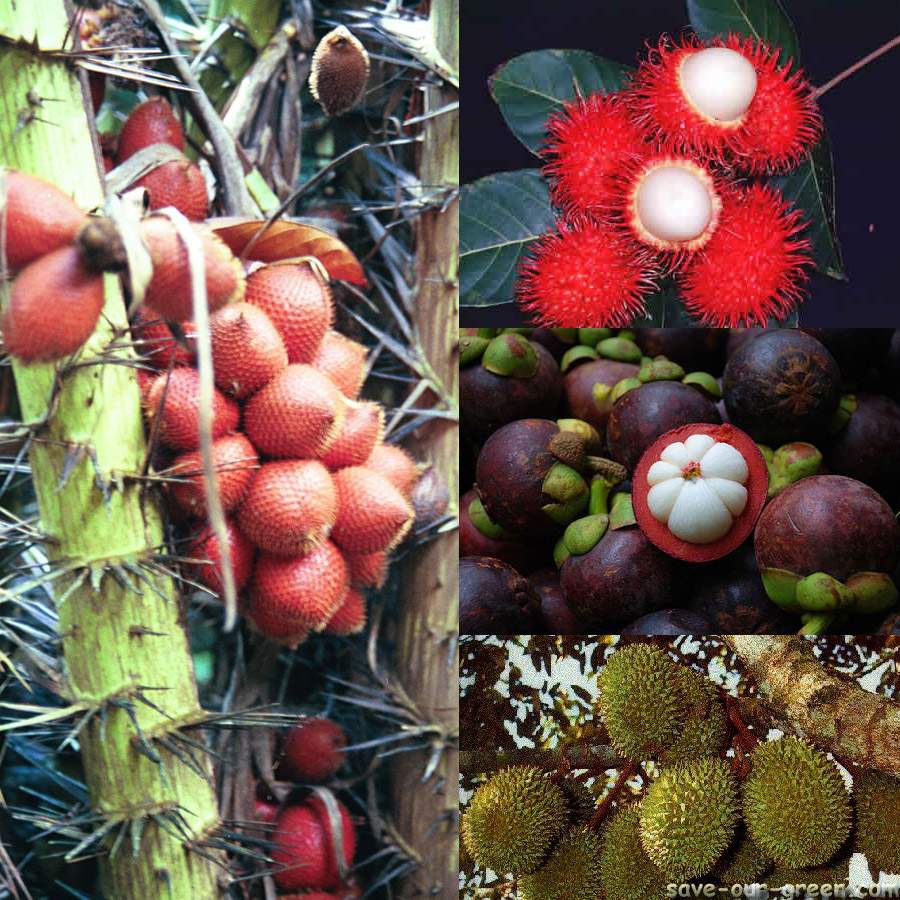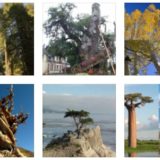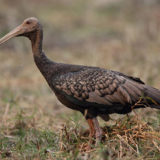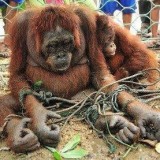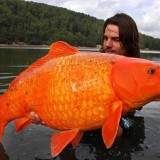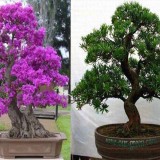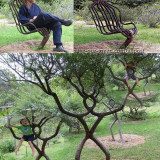Beautiful Bali
Beautiful Bali:
Location:
Indonesian canton Bali is a diamond shaped island situated between Indian and Pacific Ocean.
Description:
Bali has been possessed with a great natural beauty & rich culture. It is the most beautiful & popular destination for the tourist of the Far East. The Bali province, founded in the year 1343, covers an area of 5780 square km. The central region of the island is full of volcanic mountains of more than 3,000 m elevation.The highest peak is an active volcano called Mount Agung (3,031 m), known as the “mother mountain”. It comprises with some small neighbouring islands, among which Lesser Sunda Islands is the main island. Bali is well-known as a paradise for leisure throughout the world.
Climate:
Bali weather is mostly tropical with high humid temperature year round. The climate of this province can be divided into two distinct seasons. One is the dry season that is from May to September and the other is the wet season, from October to April. The annual temperature of this region averages 31 °C. High humid conditions can be expected during wet season. But during the dry season, humid condition relatively low. Annual rainfall is approximately 250 mm. The wet season brings the most rainfall and overcast. Most rainfall occurrs between December to February with 300 mm, but occasionally it rains in dry season also. The central mountain area is very cooler than other coastal part.
Flora and Fauna:
The Bali has been endowed with great natural diversity. The Bali Barat National Park contains mountainous, densely forested and wild areas of west Bali. Bali is situated in the part of Asian Zone of the Indonesian archipelago. In Bali province, trees, like- pine tree, banyan trees, pule trees, ebony trees, bamboo, copra, coffee, herbs, spices, some of sea weeds can be found. The lands are fertile for harvesting rice crops. Beautiful flowers plants such as Allamanda, lotus lilies, Bougainvillea, Frangipani, Kenanga, jasmine. Jasmine is the national flower of Indonesia. Fruits plants, like- Orange, sweet-sour Salak, papaya, local grapes, water melon, melon, banana and apple. Some seasonal fruits are rarely found rambutan, durian, mango, manggis etc.
Mammals such as Javan Rusa deer, Wild Boar, Javan Langur, Large Flying Fox, Leopard Cat are found here.
Jalak Bali or Bali Sterling is an endangered birds on Bali and protected by Government. Some other native birds of Bali are Yellow-vented bulbul, Java munia, Black-naped Oriole, Black Racket-tailed Treepie, Crested Serpent-eagle, Crested Treeswift, Dollarbird, Barn Swallow, Java Sparrow, Milky Stork, Red-rumped Swallow, Sacred Kingfisher, Sea Eagle, Woodswallow, Yellow-vented Bulbul, White Heron, Great Egret.
Among the reptiles, King Cobra, Water Monitor and Reticulated Python are common.
Some of commonly seen insects are mosquitoes, bees and butterflies.
Hawksbill Turtle, Giant Sunfish, Giant Manta Ray, Giant Moray Eel, Bumphead Parrotfish, Hammerhead Shark, Reef Shark, barracuda, and sea snakes are found in the marine ecosystem.
Other Tourist Attractions:
Bali is a great tourist destination for its hillsides and sculpted in tiers, of idyllic beaches and modern resorts. In spite of large number of foreign tourist influence, the Bali has been maintaining their harmonious balance between preserving their culture, their natural environment. The Bali is also a fabulous destination for its sea beaches, these areas provide water sports like sailing, snorkeling , diving, windsurfing,
Threats:
The relatively small size of the island, conflict with humans, poaching and habitat reduction are the main threats to the island ecosystem.
